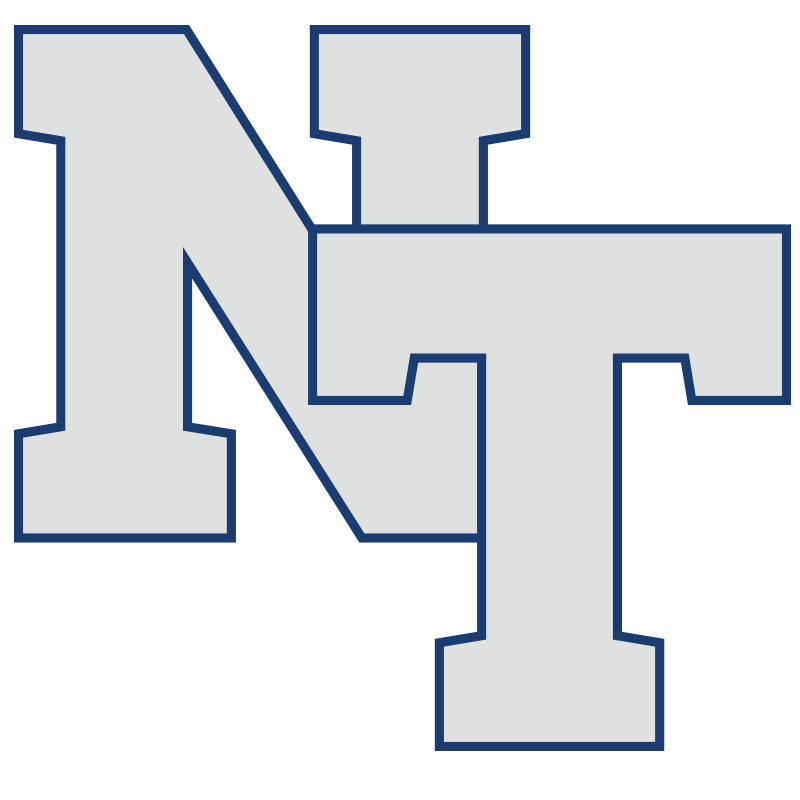DESIGN AND VISUAL COMMUNICATIONS
Whether it’s a logo, poster, webpage, app interface, magazine cover, or billboard the Visual (or Graphic) designer is the one who brings the initial idea to life. The artistry of visual design can be seen almost everywhere in our media filled world. For the student who sees themselves thriving in the exciting and challenging world of the creative professional, this program is the place to begin.
The Design and Visual Communications Program provides training to students in all aspects of digital and visual communications. Students learn the basics of page layout and design, illustration, typography, digital photography, traditional and digital publishing, storyboarding, web design and animation. They learn to take an idea from concept to completion, and understand the principles and practical considerations of production.
Students are instructed in the latest industry standard Adobe software and develop practical and software skills that translate into a solid foundation for employment and higher education. They not only develop techniques in marketing of the products they create, they will learn to market themselves. All of these skills require creativity, technology, communication and the ability to meet tight deadlines.
Graduates find employment in advertising, desktop publishing, illustration, web design, animation, and other graphic related fields. Students also find employment in simple printing and copying facilities. Many Design and Visual Communications students enter college to further their education. In fact, the instructional units of the program are specifically designed to align with college-level graphic design courses, both in terms of content and instructional time:
Students are recommended to take Physics in Grade 11 and Chemistry in Grade 12. Art and Psychology are also recommended.
Technical Courses
Program Safety & Policies (270) – 2 Credits
Basics of Computer Literacy (271) – 2 Credits
Design Software I (282) – 4 Credits
Graphic Design I: Introduction to Graphic Design (272) – 4 Credits
Graphic Design II: Conceptualization & Color Theory (273) – 5 Credits
Design Software II: Image Editing & Illustration (273T) – 5 Credits
Graphic Design III: Typography & Publication Design (274) – 5 Credits
Design Software III: Layout and Desktop Publishing (274T) – 5 Credits
Graphic Design IV: Targeting Your Audience (275) – 5 Credits
Design Software IV: Interactive and Timed Design – (275T) – 5 Credits
Career Development & Communication (276) – 4 Credits
Graphic Design V: Branding & Marketing (276T) – 9 Credits
Art History (<1500 CE) (277) – 4 Credits
Graphic Design VI: Alternative, Social Media, and Web Marketing (277T) – 9 Credits
Introduction to Business (278) – 4 Credits
Digital Photography (278T) – 9 Credits
Graphic Design VII: Production (279T) – 9 Credits
Graphic Design VIII: Team Design Applications (280) – 9 Credits
Portfolio Preparation: Art 181 (281) – 9 Credits
Independent Study: Capstone Project (279) – 12 Credits
